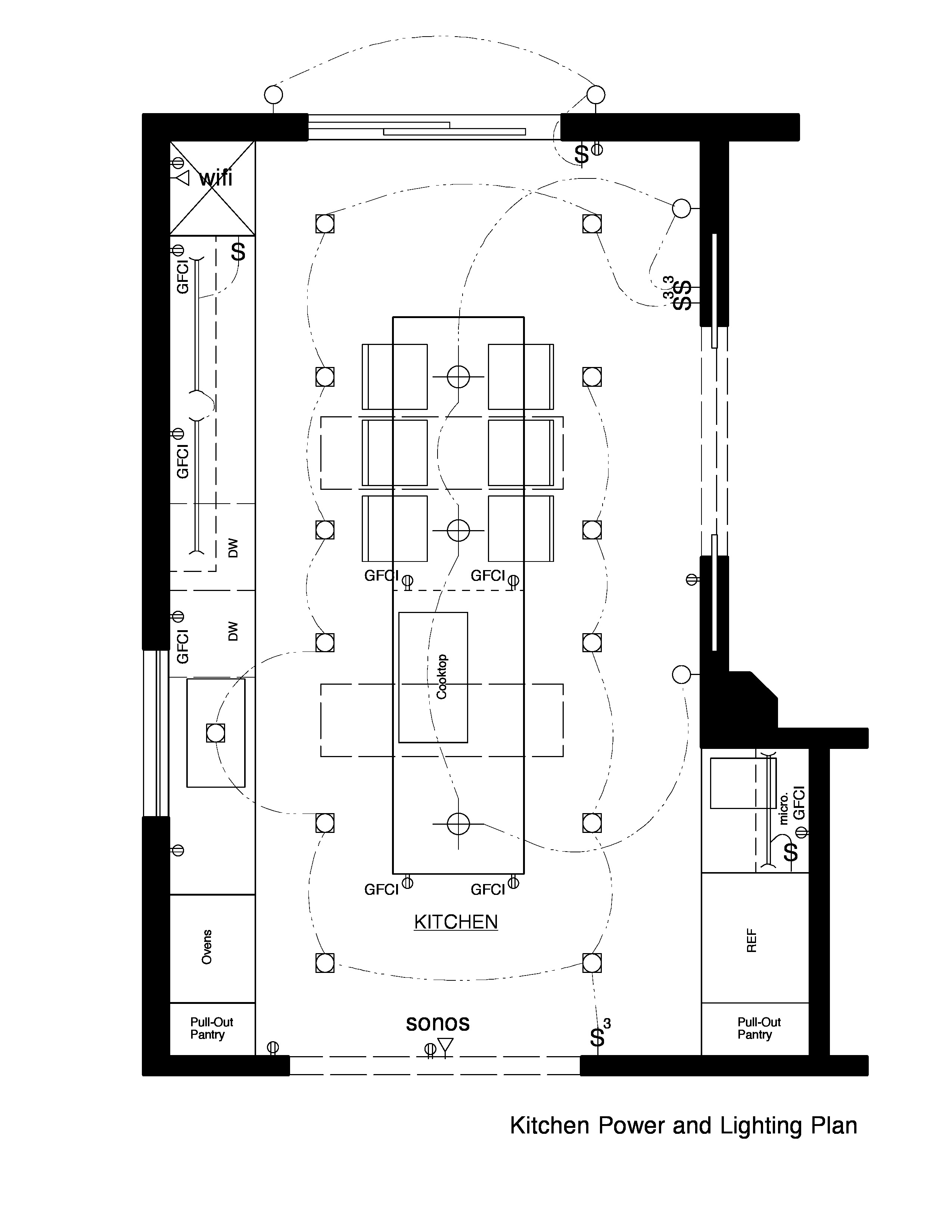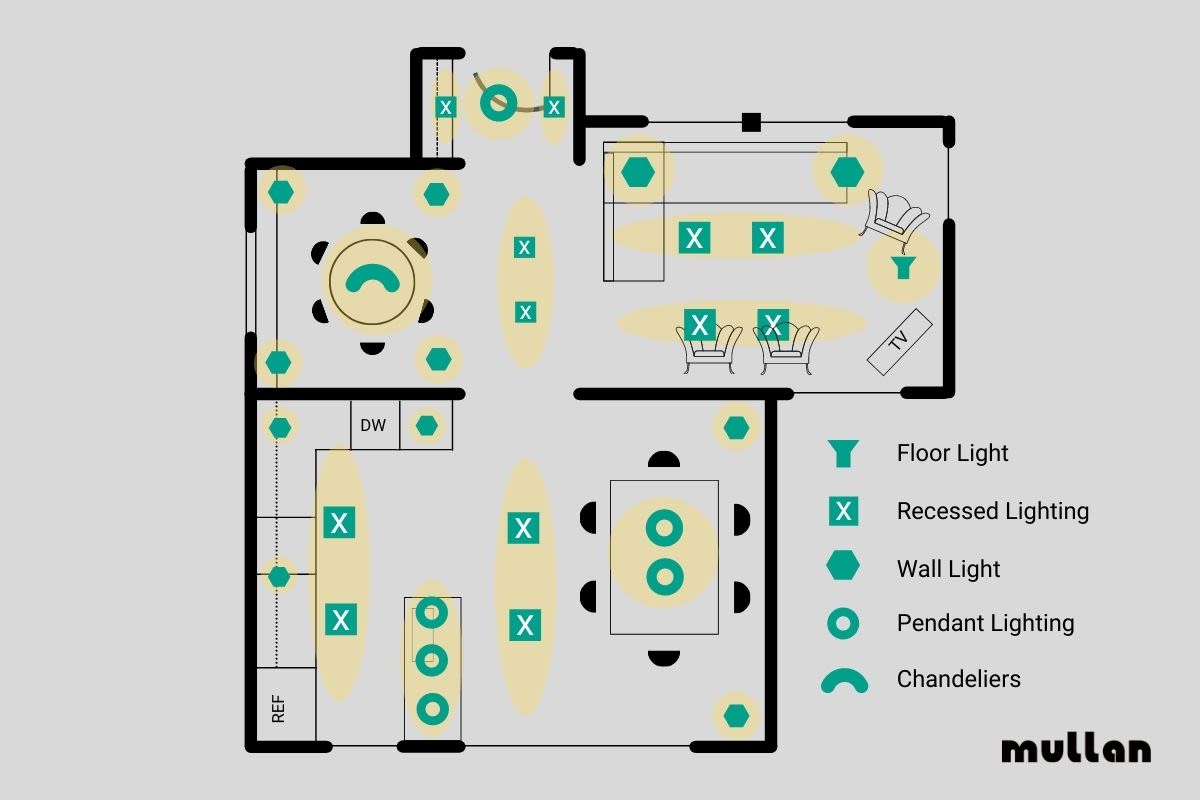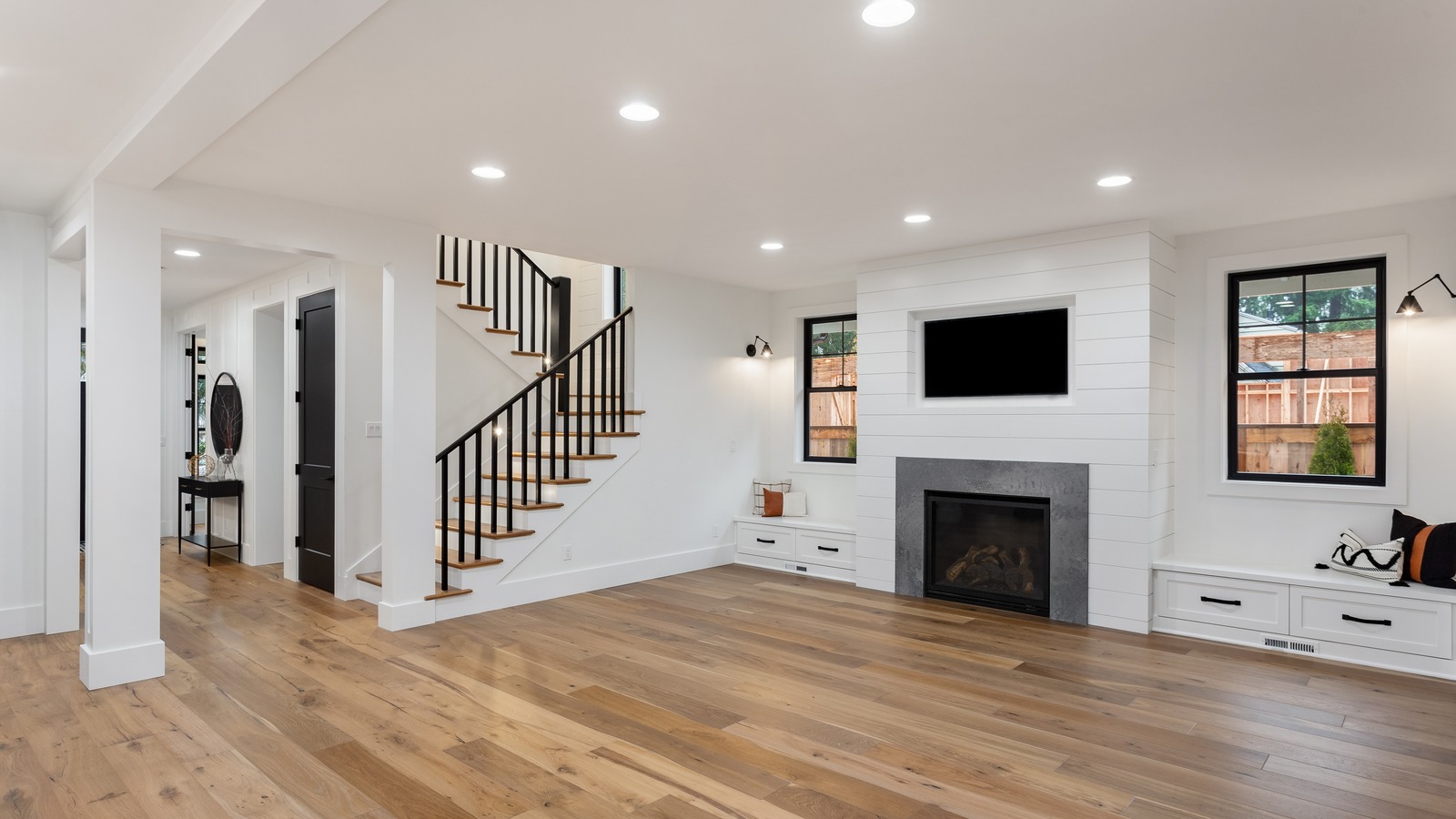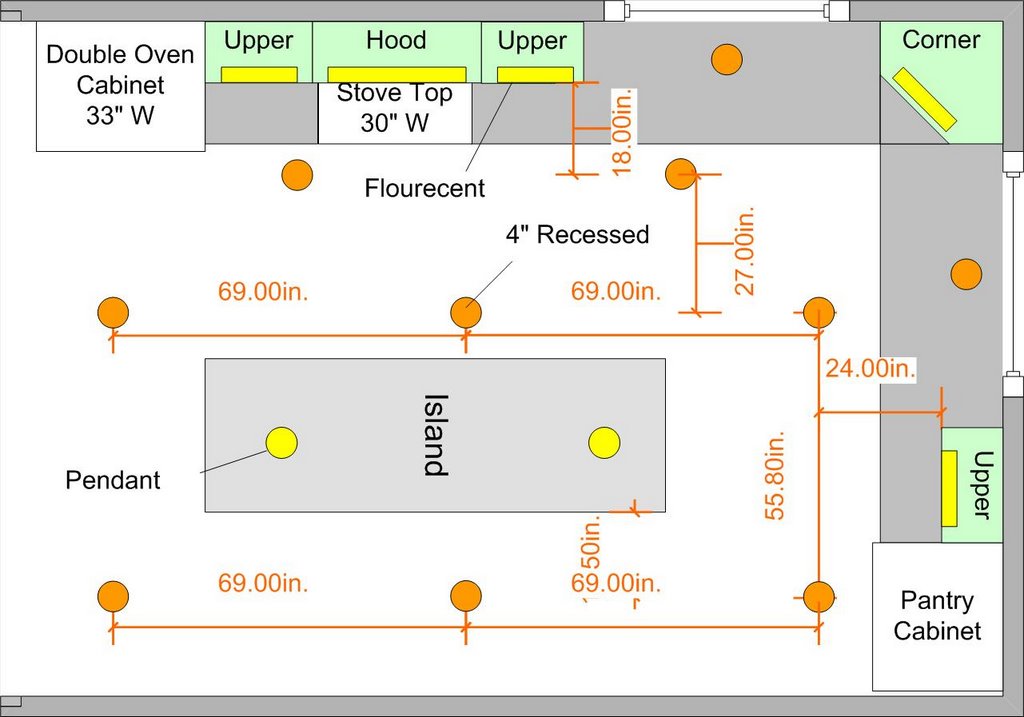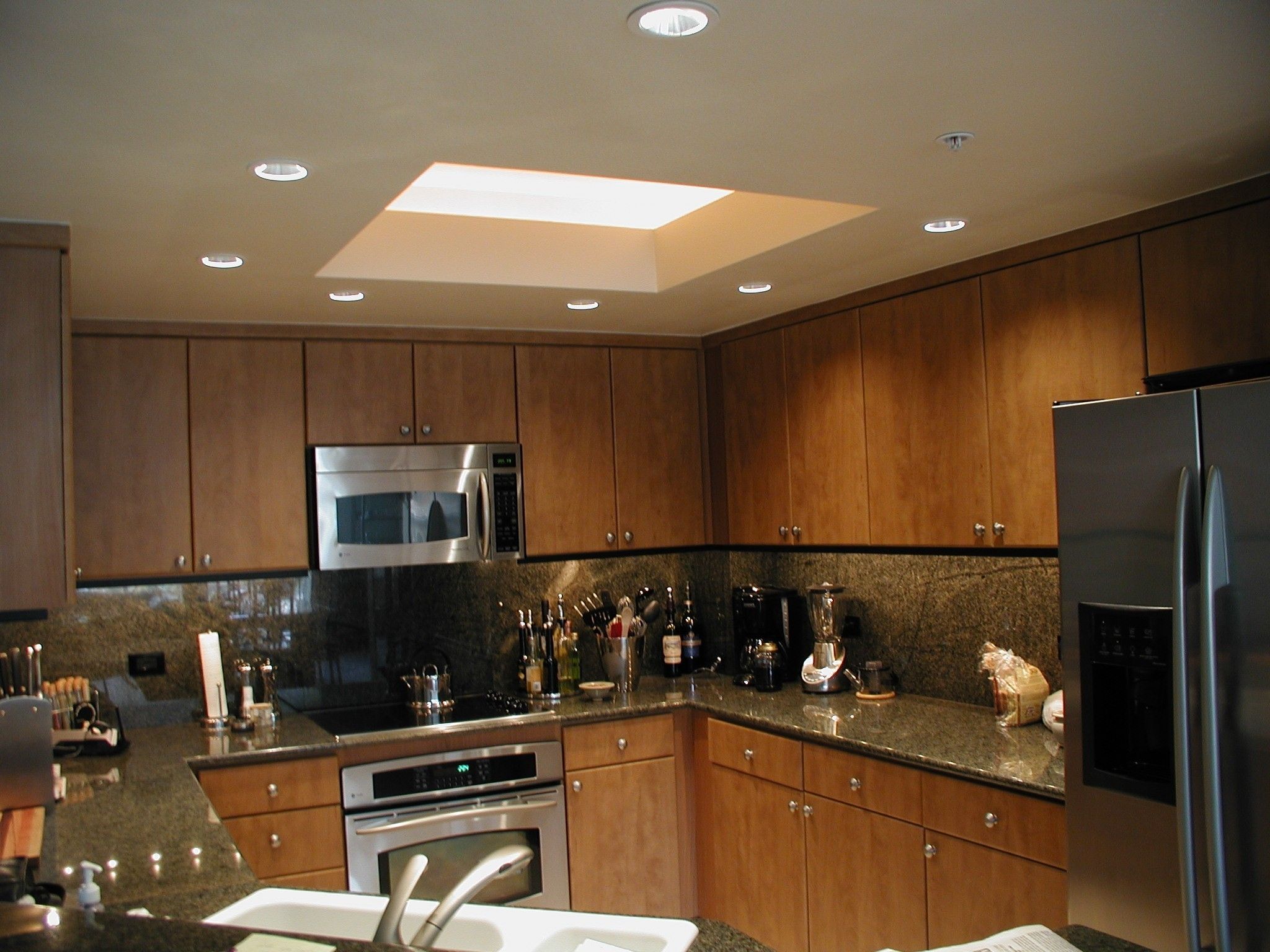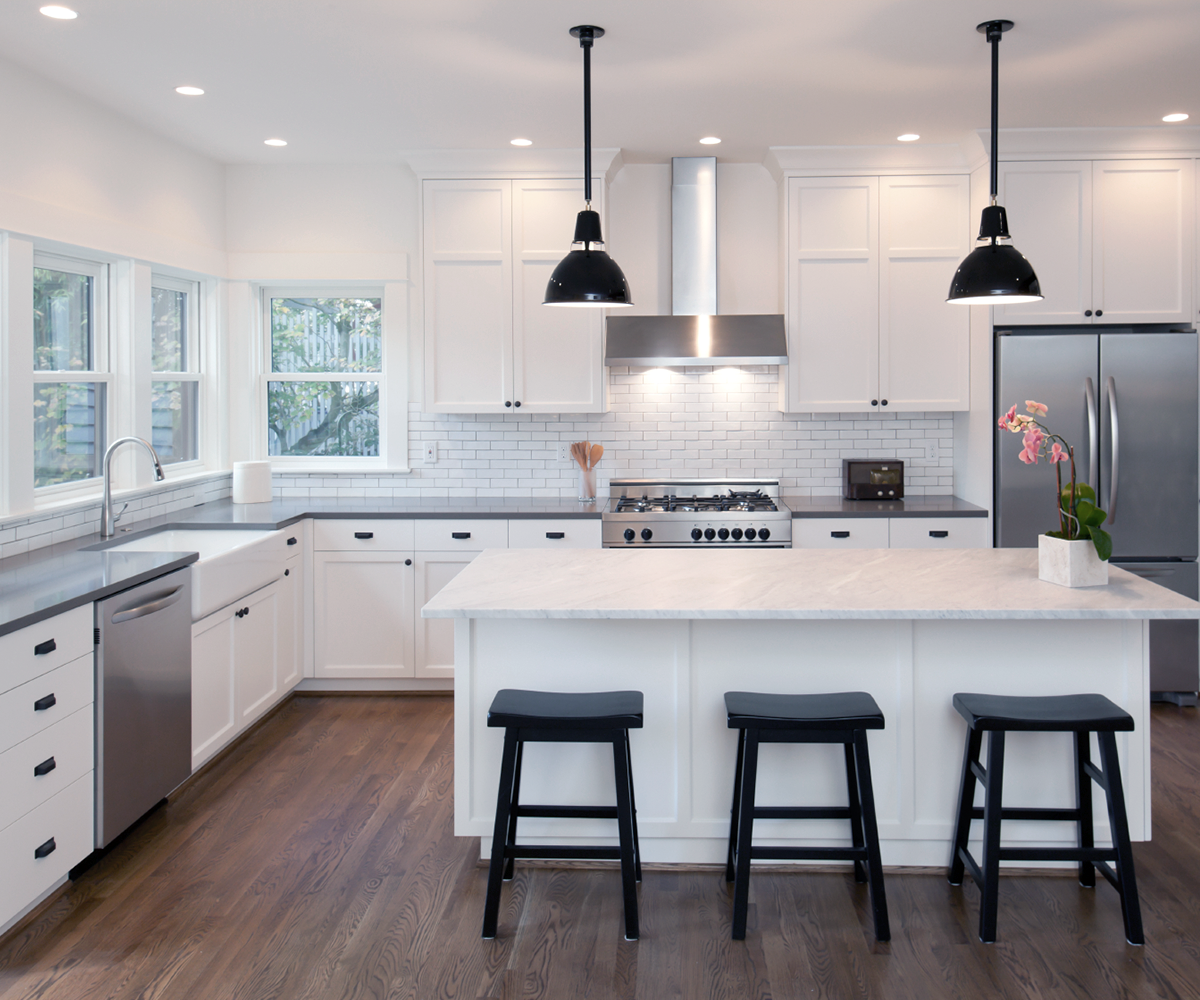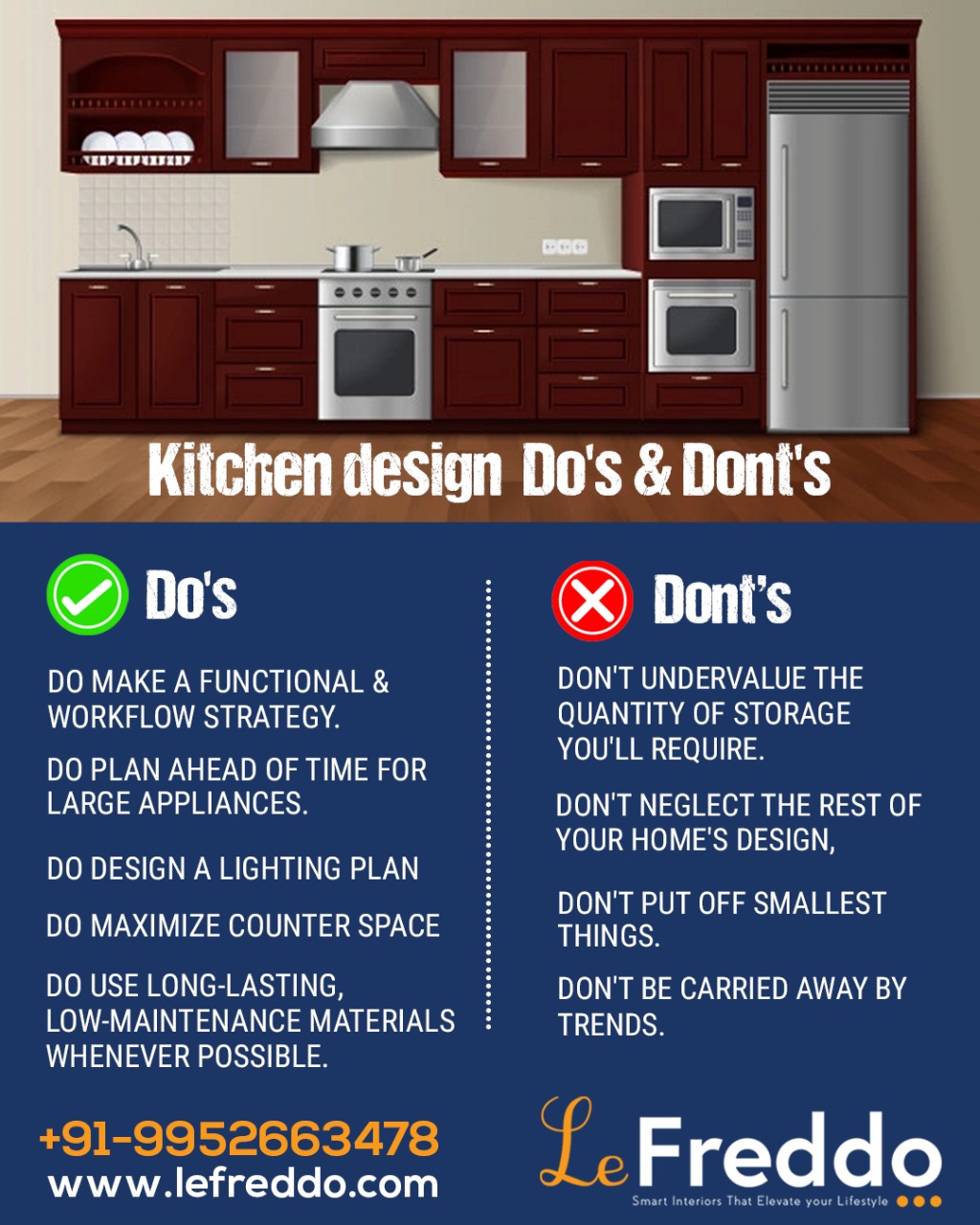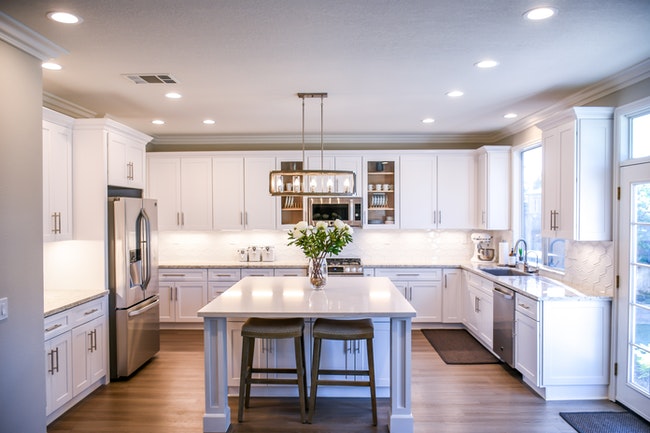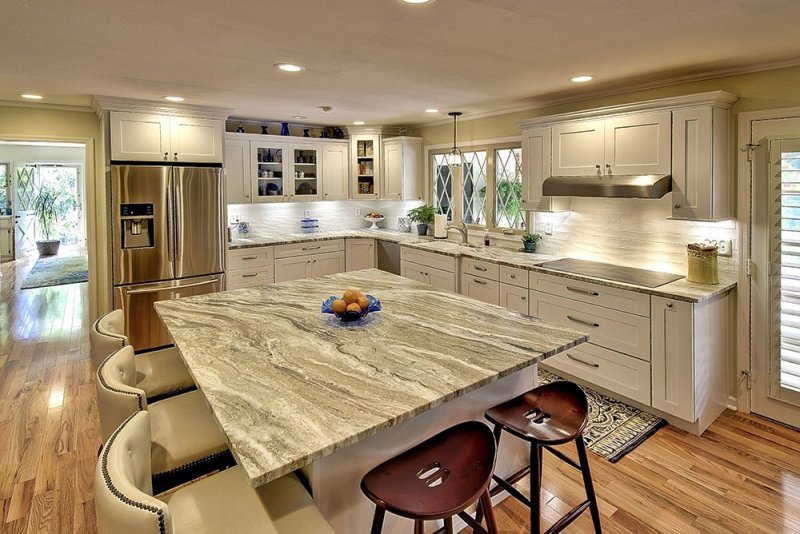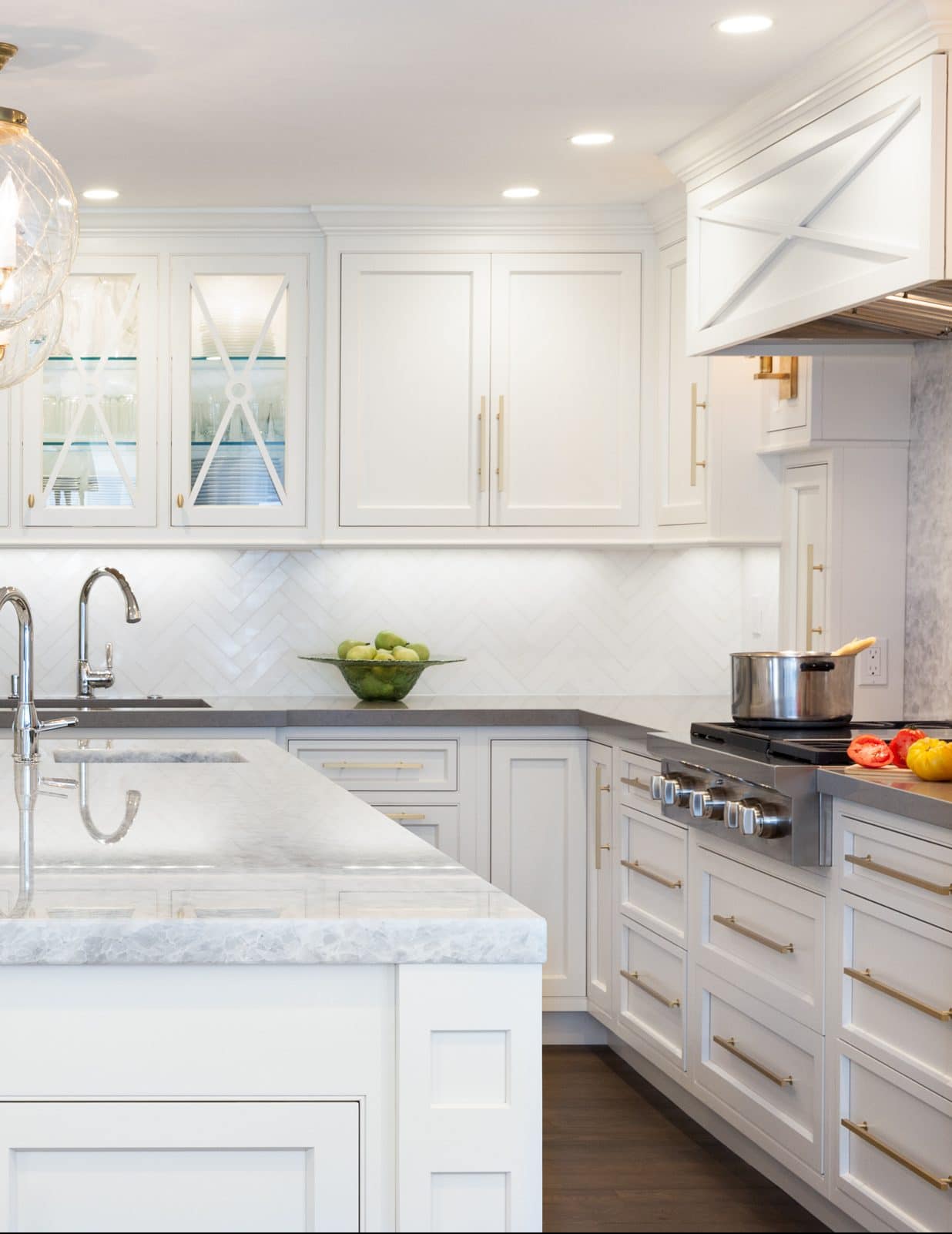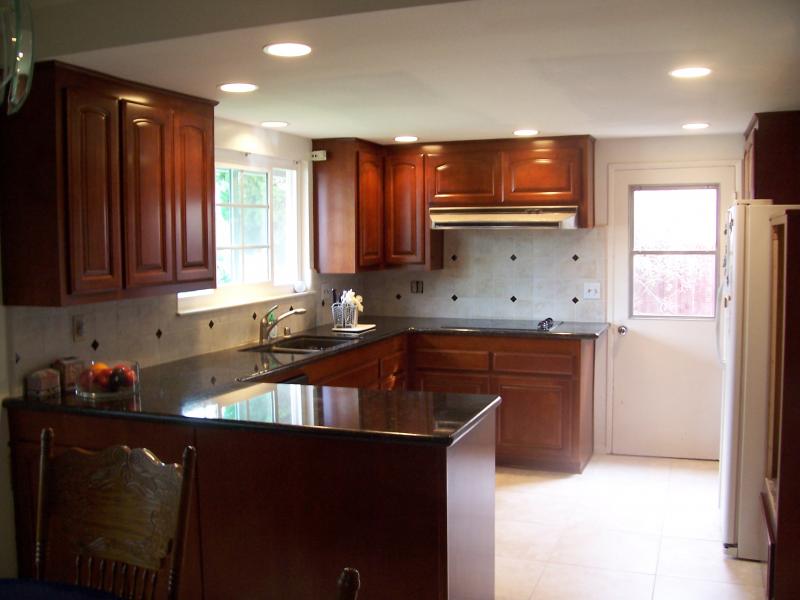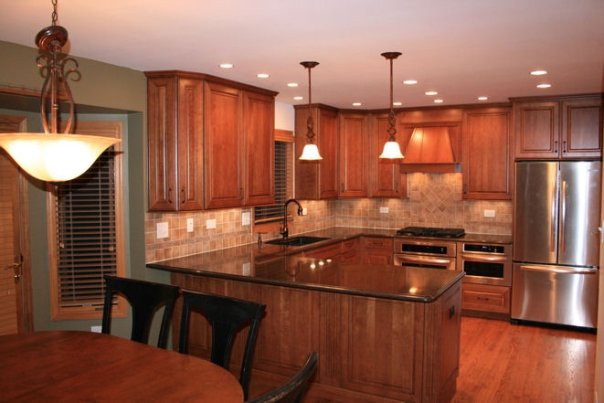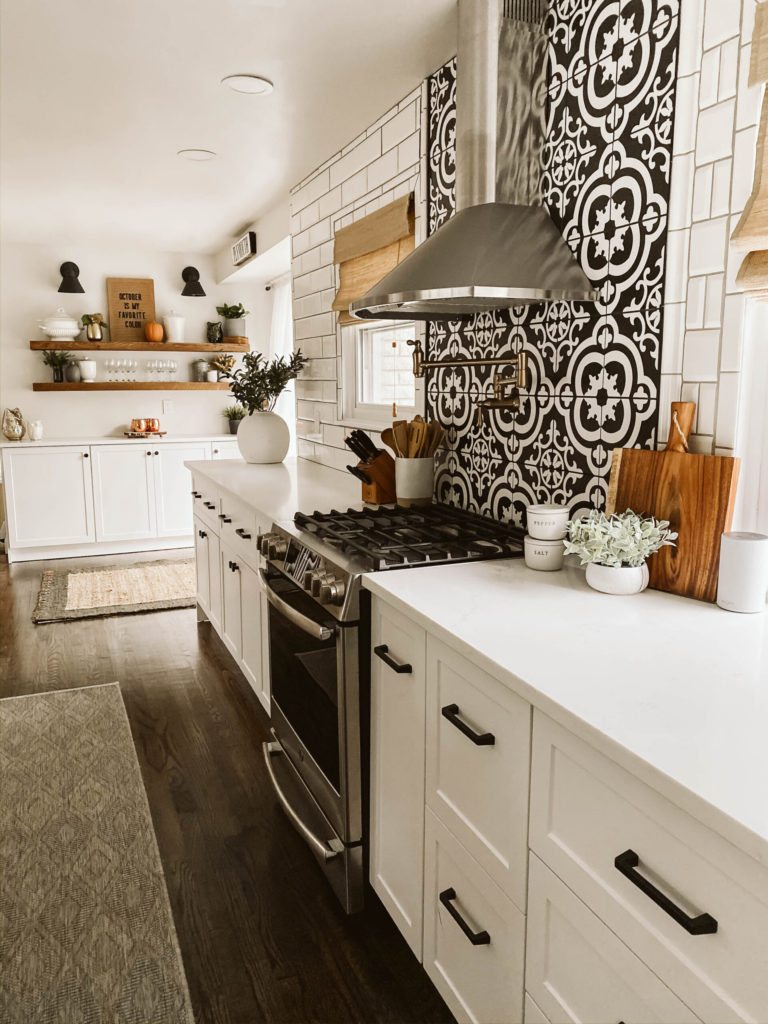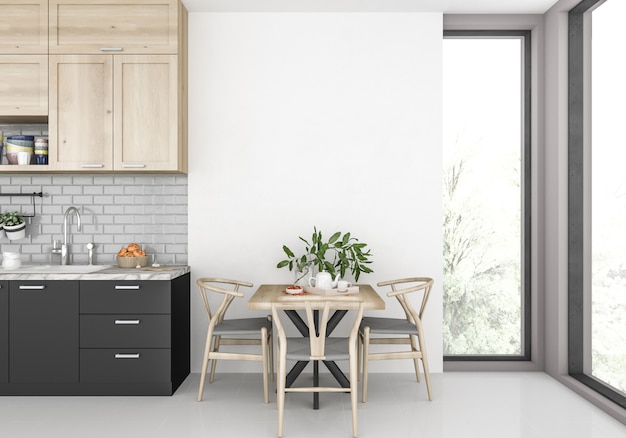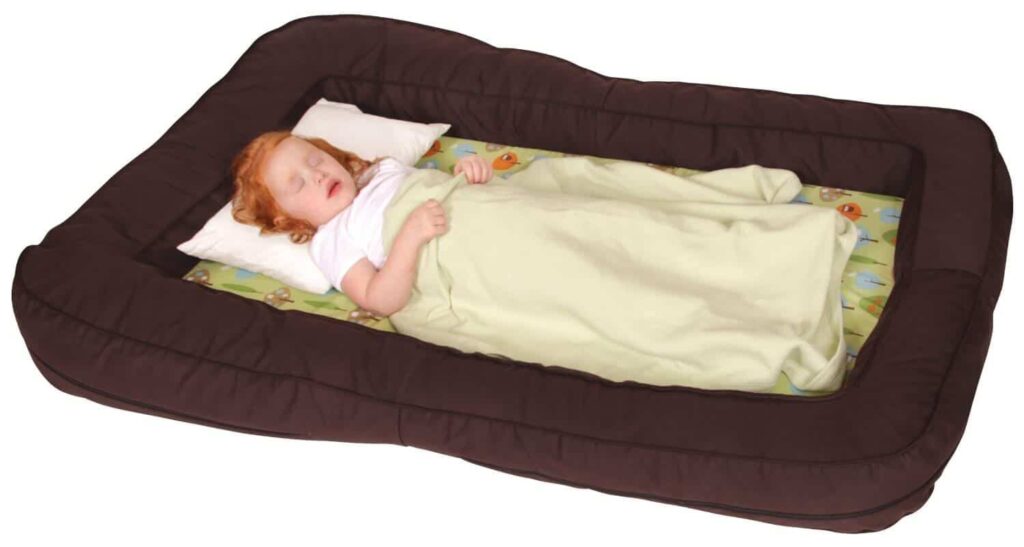Proper lighting is essential for any kitchen, and recessed lighting is a popular choice for many homeowners. Not only does it provide ample light, but it also adds a sleek and modern touch to the space. However, to get the most out of your recessed lighting, you need to plan its placement carefully. Here are some tips to help you achieve the perfect placement for your kitchen's recessed lighting.How to Plan Your Kitchen's Recessed Lighting Placement
When it comes to recessed lighting in the kitchen, the best placement is often a combination of overhead and task lighting. Overhead recessed lights should be placed strategically to illuminate the entire kitchen, while task lighting should be placed above specific areas, such as the sink, stove, and countertops.The Best Placement for Recessed Lighting in Your Kitchen
Tip 1: Start by determining the purpose of each area in your kitchen. This will help you decide where to place your recessed lighting for the best functionality and ambiance. Tip 2: Consider the size and layout of your kitchen. For smaller kitchens, fewer recessed lights may be needed, while larger kitchens may require more lights for proper illumination. Tip 3: Use a mix of different types of recessed lights, such as adjustable, fixed, and wall-washer lights, to create a balanced and layered lighting effect. Tip 4: Avoid placing recessed lights directly above the stove or sink, as the steam and moisture can damage the lights and create shadows. Tip 5: Use dimmer switches to control the intensity of your recessed lighting and create the perfect ambiance for any occasion.5 Tips for Perfect Kitchen Recessed Lighting Placement
Do: Place recessed lights along the perimeter of your kitchen to avoid casting shadows on the workspace and countertops. Do: Consider the color temperature of your recessed lights. Warmer tones (2700K-3000K) are ideal for creating a cozy and inviting atmosphere, while cooler tones (3500K-4000K) are better for task lighting. Don't: Overdo it with recessed lighting. Too many lights can make your kitchen feel harsh and uninviting. Stick to a balanced and layered approach. Don't: Place recessed lights too close to cabinets or walls, as this can create a "hot spot" effect and cause glare.The Dos and Don'ts of Kitchen Recessed Lighting Placement
If you have a kitchen with a high ceiling, consider installing recessed lights in a grid pattern to evenly distribute light throughout the space. This will also help make the ceiling feel lower and cozier. If you have a kitchen with a low ceiling, use recessed lighting strategically to create the illusion of height. Place lights along the edges of the room to draw the eye upward. You can also use recessed lighting to highlight architectural features or focal points in your kitchen, such as a kitchen island or a stunning backsplash.Maximizing Light: Kitchen Recessed Lighting Placement Ideas
The proper placement of recessed lighting in a kitchen is dependent on a few factors, such as the size and layout of your kitchen, the purpose of each area, and the desired ambiance. However, as a general rule of thumb, overhead recessed lights should be placed every four to six feet, and task lighting should be placed above specific areas where you will be working.Proper Placement of Recessed Lighting in a Kitchen
When designing your kitchen, it's important to keep recessed lighting placement in mind from the beginning. This will ensure that you have the necessary electrical wiring and switches in place to accommodate your desired layout. It will also prevent any last-minute changes or compromises during the installation process. You can also work with a professional lighting designer to create a customized lighting plan for your kitchen, taking into consideration your specific needs and preferences.Designing Your Kitchen with Recessed Lighting Placement in Mind
If you're unsure about the best placement for recessed lighting in your kitchen, consider consulting with a professional electrician or lighting designer. They have the knowledge and experience to help you determine the most functional and aesthetically pleasing layout for your space. You can also use online tools and resources to help you visualize different placement options and make an informed decision.How to Determine the Best Placement for Recessed Lighting in Your Kitchen
In addition to recessed lighting, it's essential to incorporate other types of lighting in your kitchen, such as pendant lights, under-cabinet lights, and sconces. This will create a layered and dynamic lighting scheme that will not only enhance the functionality of your kitchen but also add visual interest and ambiance. Remember to also consider the natural light in your kitchen when planning your recessed lighting placement. Natural light can help reduce the need for artificial light and create a more comfortable and inviting atmosphere.Creating a Well-Lit Kitchen: Recessed Lighting Placement Tips
Proper kitchen recessed lighting placement is crucial for creating a functional, comfortable, and visually appealing space. It can also save you time and money in the long run by avoiding the need for additional lighting or constant adjustments. Take the time to plan and consider all factors when deciding on the placement of your recessed lighting, and you'll be rewarded with a well-lit and beautiful kitchen for years to come.The Importance of Proper Kitchen Recessed Lighting Placement
Additional Factors to Consider for Kitchen Recessed Lighting Placement

1. Ceiling Height
 When it comes to
kitchen recessed lighting placement
, one of the most important factors to consider is the ceiling height. If you have a low ceiling, you will want to place the recessed lights closer together to create a more even and well-lit space. On the other hand, if you have a high ceiling, you can space the lights further apart to avoid creating a cluttered and overwhelming look. Additionally, if your kitchen has a sloped ceiling, it's important to strategically place the recessed lights to ensure proper coverage and avoid any dark spots.
When it comes to
kitchen recessed lighting placement
, one of the most important factors to consider is the ceiling height. If you have a low ceiling, you will want to place the recessed lights closer together to create a more even and well-lit space. On the other hand, if you have a high ceiling, you can space the lights further apart to avoid creating a cluttered and overwhelming look. Additionally, if your kitchen has a sloped ceiling, it's important to strategically place the recessed lights to ensure proper coverage and avoid any dark spots.
2. Layout and Functionality
 Another important aspect to consider is the layout and functionality of your kitchen. Think about the different areas and tasks that take place in your kitchen, such as cooking, food preparation, dining, and socializing.
Kitchen recessed lighting placement
should be designed to provide adequate lighting for each of these activities. For example, you may want to place more lights above the countertops and stove for better visibility while cooking, and fewer lights in the dining area to create a more intimate and cozy atmosphere.
Another important aspect to consider is the layout and functionality of your kitchen. Think about the different areas and tasks that take place in your kitchen, such as cooking, food preparation, dining, and socializing.
Kitchen recessed lighting placement
should be designed to provide adequate lighting for each of these activities. For example, you may want to place more lights above the countertops and stove for better visibility while cooking, and fewer lights in the dining area to create a more intimate and cozy atmosphere.
3. Personal Preference
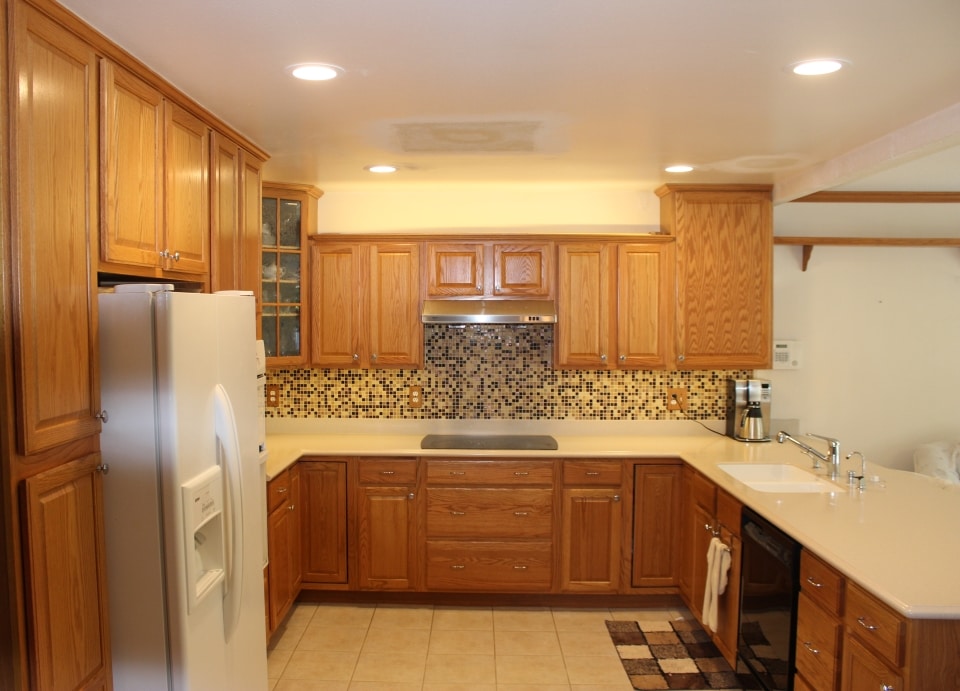 While there are general guidelines for
kitchen recessed lighting placement
, ultimately, it comes down to personal preference. Some people may prefer a brighter and more evenly lit space, while others may prefer a slightly dimmer and more ambient lighting. It's important to consider your own preferences and needs when deciding on the placement of your recessed lights. You can also experiment with different layouts and see what works best for your kitchen.
While there are general guidelines for
kitchen recessed lighting placement
, ultimately, it comes down to personal preference. Some people may prefer a brighter and more evenly lit space, while others may prefer a slightly dimmer and more ambient lighting. It's important to consider your own preferences and needs when deciding on the placement of your recessed lights. You can also experiment with different layouts and see what works best for your kitchen.
4. Layered Lighting
 Aside from recessed lighting, it's important to incorporate other types of lighting in your kitchen to create a layered and well-balanced look. This can include pendant lights above the kitchen island or sink, under cabinet lighting, and even a statement chandelier over the dining table. By combining different types of lighting, you can add depth and dimension to your kitchen and create a more visually appealing space.
In conclusion,
kitchen recessed lighting placement
is a crucial aspect of house design that should not be overlooked. By considering factors such as ceiling height, layout, personal preference, and layered lighting, you can achieve a well-lit and functional kitchen that also adds to the overall aesthetic of your home. Don't be afraid to experiment and find the perfect placement that works for you.
Aside from recessed lighting, it's important to incorporate other types of lighting in your kitchen to create a layered and well-balanced look. This can include pendant lights above the kitchen island or sink, under cabinet lighting, and even a statement chandelier over the dining table. By combining different types of lighting, you can add depth and dimension to your kitchen and create a more visually appealing space.
In conclusion,
kitchen recessed lighting placement
is a crucial aspect of house design that should not be overlooked. By considering factors such as ceiling height, layout, personal preference, and layered lighting, you can achieve a well-lit and functional kitchen that also adds to the overall aesthetic of your home. Don't be afraid to experiment and find the perfect placement that works for you.
